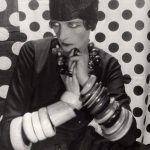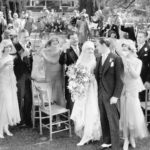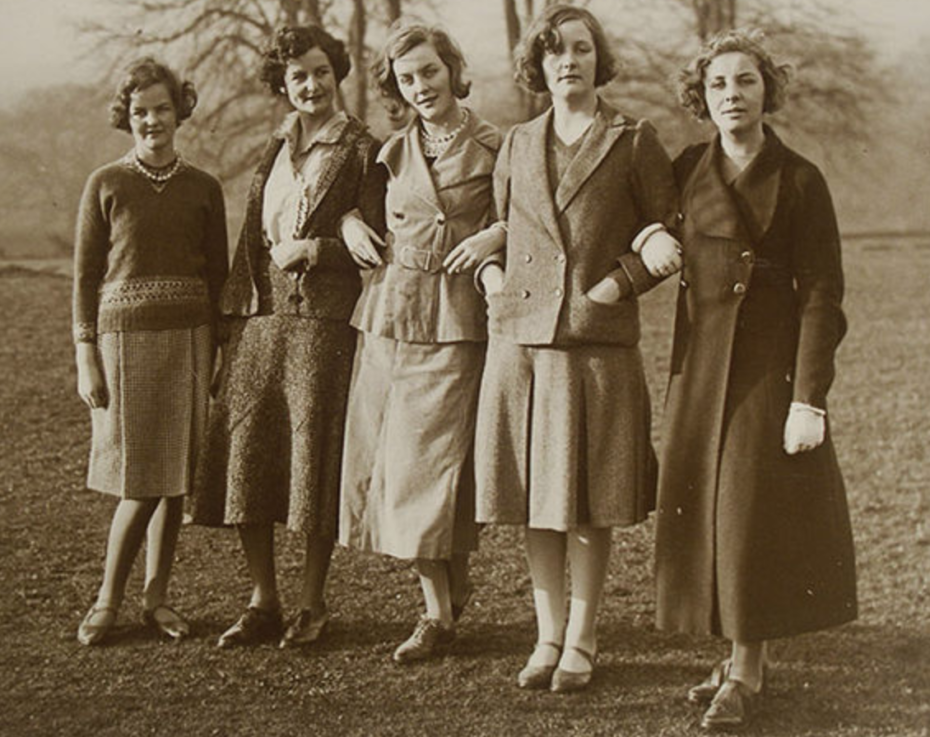
The Mitford sisters were like a train wreck wrapped in a tornado wrapped in a circus fire – you could’t avert your eyes from their lives. The Times’ Ben Macintyre famously caricaturised the women with impressive pithy: “Diana the Fascist, Jessica the Communist, Unity the Hitler-lover; Nancy the Novelist; Deborah the Duchess and Pamela the unobtrusive poultry connoisseur”. They were young, beautiful, and sharp as a whip (but often, to their detriment). They were some of the 20th century’s first celebutantes – as in, people who are famous for being famous à la Kim Kardashian – at a turning point in history: the rise of fascism and communism. As “It Girls”, the media picked them apart for the emerging loyalties to both ends of the political spectrum. Jessica became the Socialist muse of David Bowie, Unity the flirty fan girl in Adolf Hitler’s inner circle, and so on. Individually, they were fascinating. As a whole, they were utterly, horribly unforgettable…
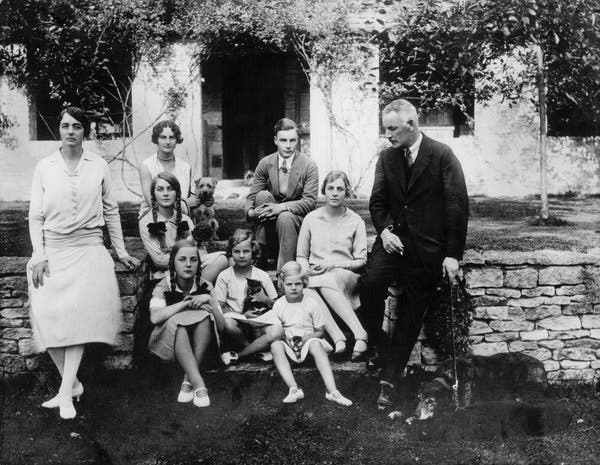
The Mitfords always said they weren’t particularly wealthy, but did come from upper-crust English stock: they had the power of an aristocratic name. They were, as the sister named Diana once explained, poor amongst the rich set, so the sisters’ education was left primarily in the hands of their mother and governess – partially because that money went towards educating the only boy in the family, Thomas. The girls learned French. They learned needlepoint, and to recite poetry. They were taught world history, classic literature and became fine specimens of British eccentricity (for a lesson in that, see Lady Edith Sitwell) well into the 21st century (Deborah only died in 2014). Their childhood also sounds a bit like growing up in Narnia…
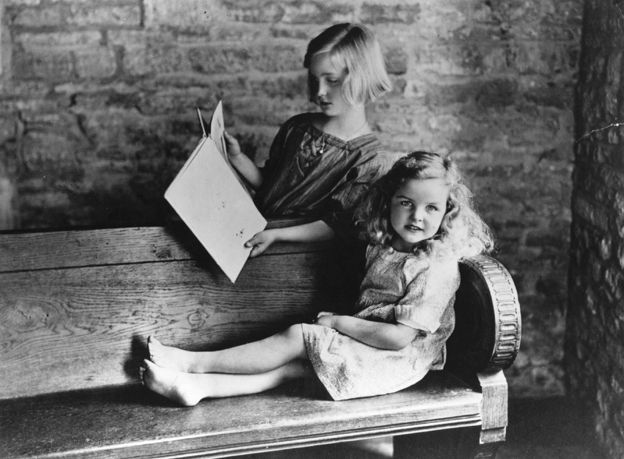
They were raised at Asthall Manor, an Oxfordshire estate with an emerald green yard, various attics, and a cemetery that could be seen from their school room. With utterly resigned parents, they hid in the linen cupboards and invented a secret language called “Boudledidge” (pronounced bowdel-didge). In their world, boring mum and dad became “Farve” and “Muv”. The girls took on the personas of Bobo, Honks, Decca, Debo, Nard, and Birdie, and replaced verbs like “yell” with “shriek”. They were a cross between Peter Pan’s Lost Boys, and MacBeth’s witches. In the years to come, filled with butting heads and heartbreak, Boudledidge was the thread that tied them together.
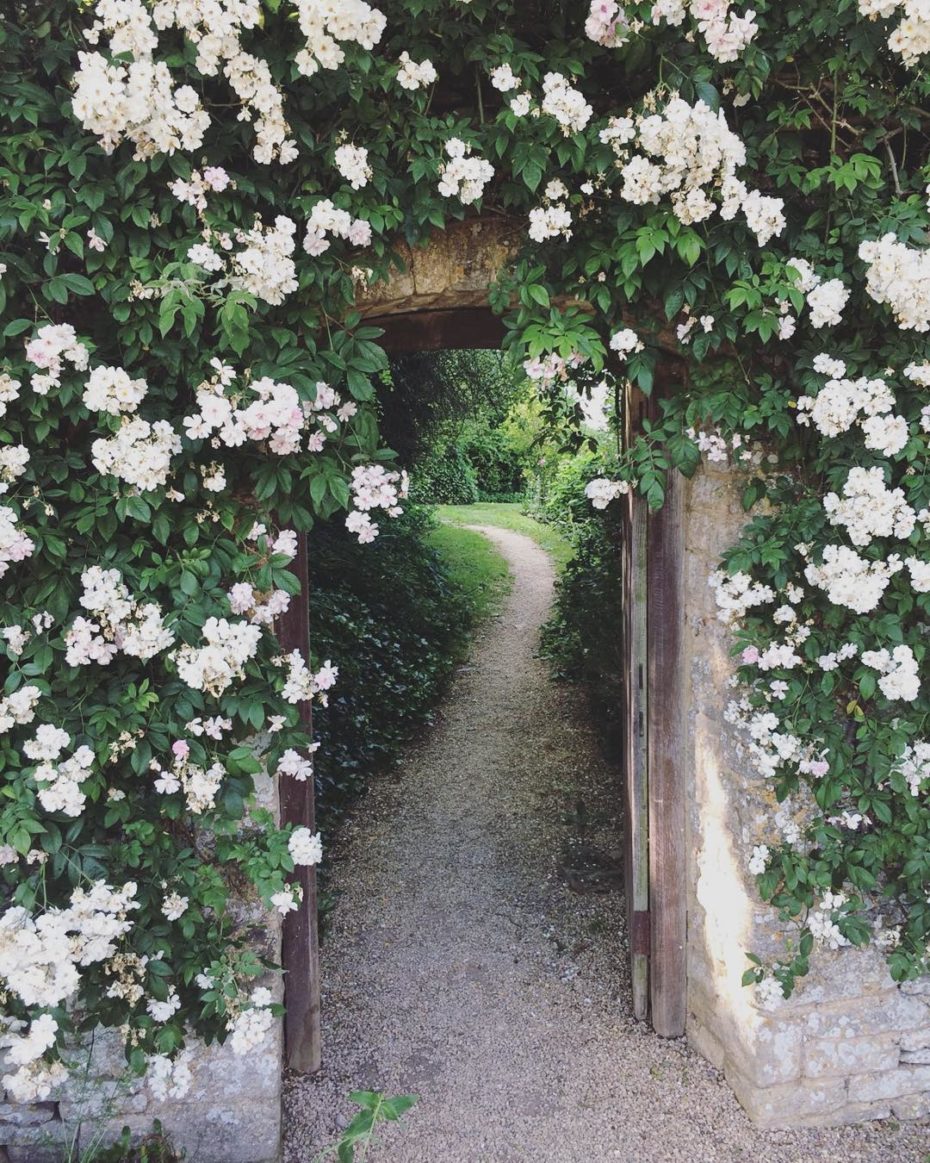
And now that the stage is set, the best way to tell the Mitfords’ story is through a little character spotlight on each sister, starting with…
Unity (the Hitler-lover)
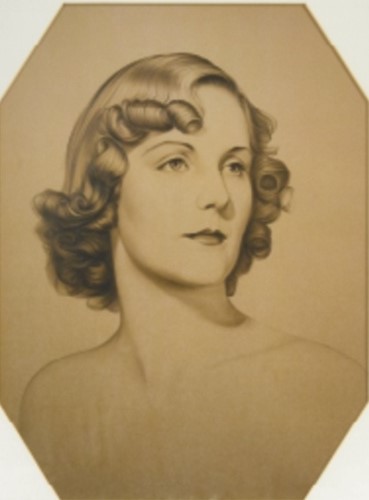
Arguably the worst of the lot. Unity, aka Bobo, was one of the middle sisters. Some biographers think she felt overshadowed by her siblings, namely Diana who was considered a great beauty, and point to her feelings of insecurity and neglect as the root of her love for fascism. “I think the desire to shock was very important, it was the way that she made herself special,” explains biographer Jan Dalley, “When she discovered Nazism [she] discovered that it was a fantastic opportunity to shock everybody in England. She’d discovered the best tease of all.” Whatever the motivation, there was something about Hitler that captivated her. She grew up idolising him the way most gals did Clark Gable.
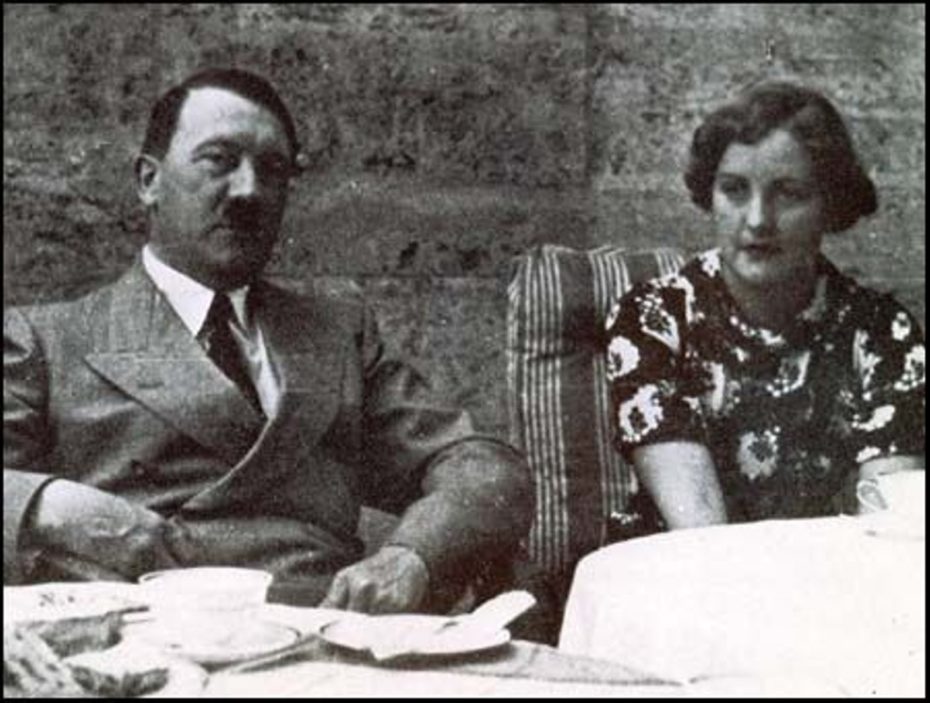
In the early 1930s, 19-year-old Unity traveled to study briefly in Munich, Germany with her sister Diana, who shared her growing passion for fascism. Dead set on meeting the famous Führer, Unity started frequenting one of his favourite cafes, Osteria Bavaria, until one day, intrigued, he invited her over to his table. It was kismit – or rather, blitzkrieg. Hitler found her to be “a fine aryan woman” and Unity, totally in her element, delighted in telling him things about herself that she knew he’d eat up as destiny. Like, did he know she was conceived in a Canadian town called “Swastika”? Or that her middle name, Valkyrie, was in honour of Richard Wagner? She made passionate dinner party speeches against Jews, and started giving his mistress (and later, wife) Eva Braun a run for her money. On her copy of Mein Kampf which was signed by various Nazi figures, Hitler’s note read with particular intimacy: “I am always with you however far away you may be. You are always next to me. I will never forget you.”
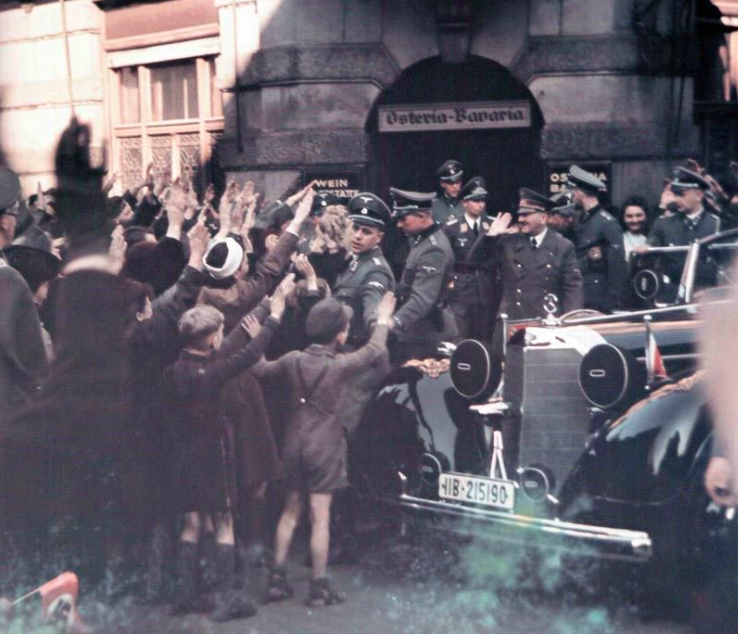
Whether or not they were lovers is hard to say. But she was a tireless supporter of Nazism, and as biographer and historian Mary S. Lovell uncovered, “Thought [the act of] making Jews crop grass with their teeth amusing, and that she approved when a group of Jews were taken to an island in the Danube and left there to starve.” She even lived in an apartment from which Hitler evicted and “dealt with” a Jewish family. Her hopes were to see Hitler’s totalitarian rule extend to England’s shores, and when war was declared between the two countries she loved so much, she shot herself in the head at a park in Munich. Amazingly, she didn’t die – the bullet remained lodged in her head at an angle that let her live, albeit in arrested development, for another eight years.
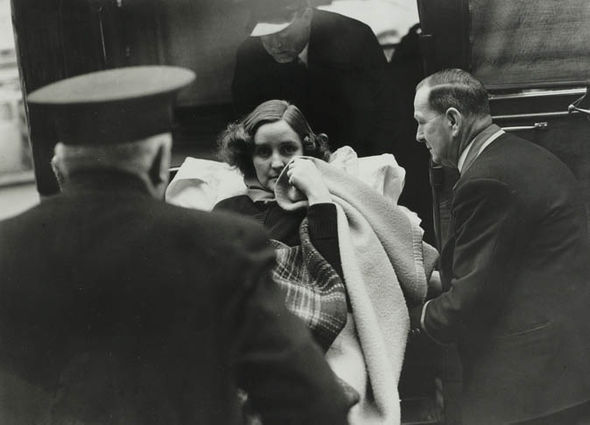
It’s thought that her handicap, combined with her role as a prominent socialite with many political connections, played a hand in keeping Unity out of prison for conspiring with Hitler for the rest of her life. Though her time was cut short, her story became one of the most haunting of the bunch, and set the tone for the quarrels to come…
Diana the Fascist
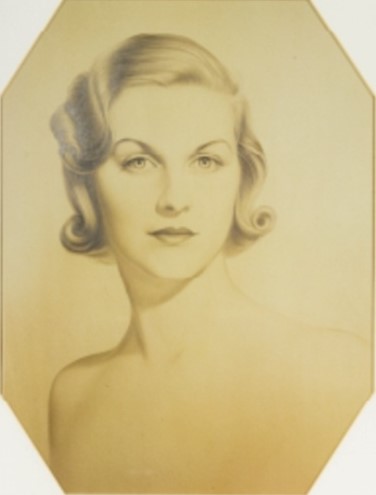
There was always something both frightening, and intoxicating about Diana. Her beauty was described as cold, and Sphynx-like. A family friend, James Lees-Milne, said “she was the nearest thing to Botticelli’s Venus that I have ever seen.” When she accompanied her baby sister to Germany, it was as an equally enthusiastic fascist. She wasn’t swooning over Hitler, but she still had a diamond-encrusted swastika.
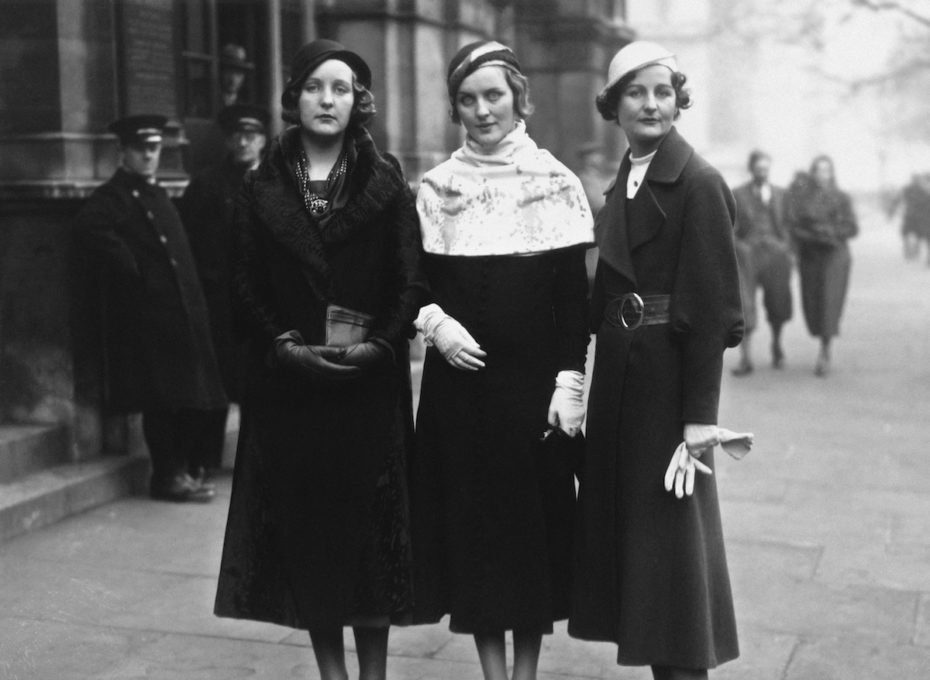
You see, in matters of fascism, Diana held her own. Initially married to one of the heirs of the Guinness beer fortune, she fell madly in love with, and remarried, Sir Oswald Mosley, 6th Baronet of Ancoats, leader of the British Union of Fascists. The wedding was held in secret (she was pregnant) in the drawing room of the Nazi propaganda chief. Hitler was at the wedding.
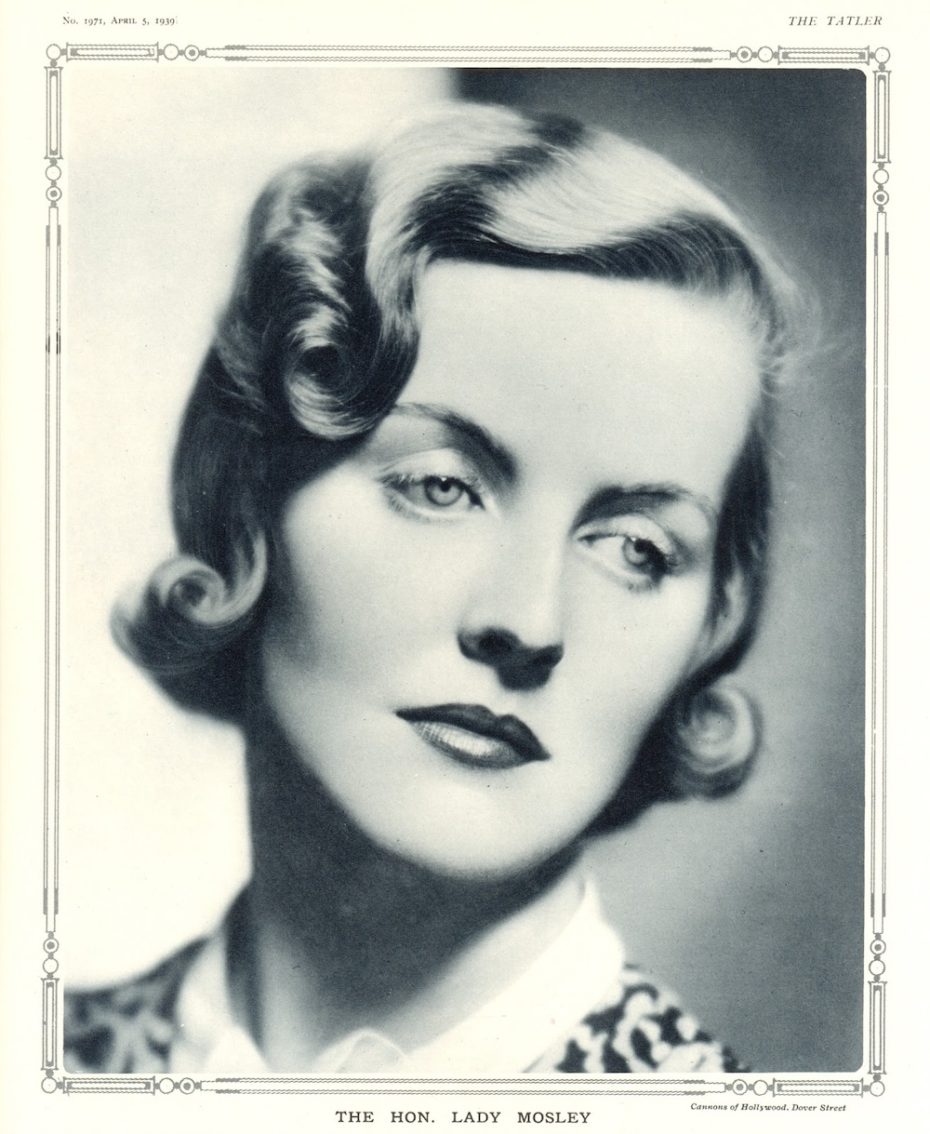
As war approached, family friend (and distant member, really) Winston Churchill worried that Diana and her husband could turn their loyalties towards Germany. In June of 1940, M15 put Diana and her new husband behind bars without charge or trial under the provisions of 18B as a high government threat. Official investigation documents reveal that she was considered an even greater threat than her Sir Mosley to England: “[Subject] Is said to be far cleverer and more dangerous than her husband,” read one report, “and will stop at nothing. She is wildly ambitious.” Diana took it as a compliment. “Oh, it’s too wonderful really,” she’d later tell journalists. In 1944, Churchill took pity and moved the couple to house arrest, suspending their passports until 1949. If prison shook her, she never let it show. In fact, she said she was never able to grow wild strawberries that tasted quite as sweet as those grown in her prison yard garden.
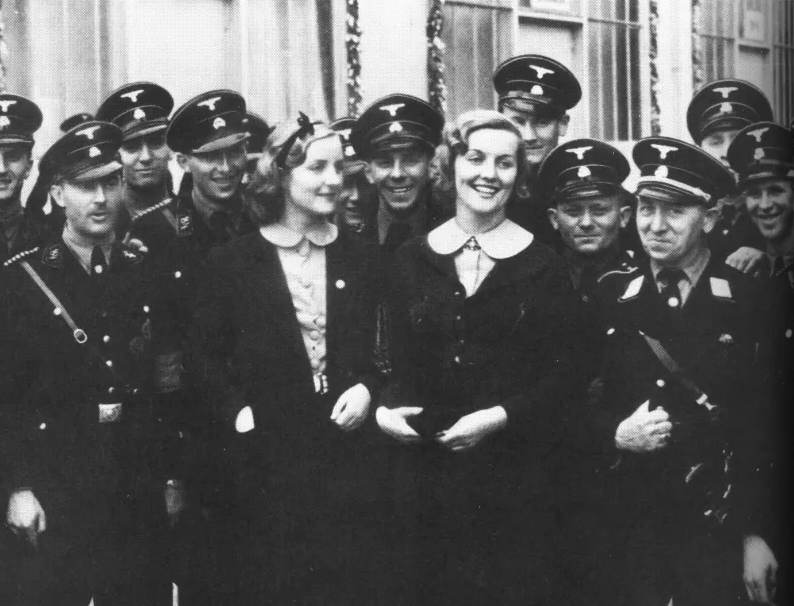
Decades on, in a 1970s interview, she defended her friendship with Hitler “I think everyone was interested [to meet him]. Winston Churchill says, in his book Great Contemporaries, ‘Everyone wants to know what Hitler’s like.’ [because] he dominated politics on the continent…a friendship was struck up. He was a fascinating man. People don’t get from being an out of work painter to being dictator of a very big, powerful country like Germany unless they have something very special within them. And obviously, he had it.” In later years she condemned his atrocities, but stood by the fact that in the confines of their friendship he was “an interesting figure”, and one of the only people who had groundbreaking answers to Diana’s questions about implementing fascism. She died in a Paris heatwave in 2003.
Nancy the Novelist
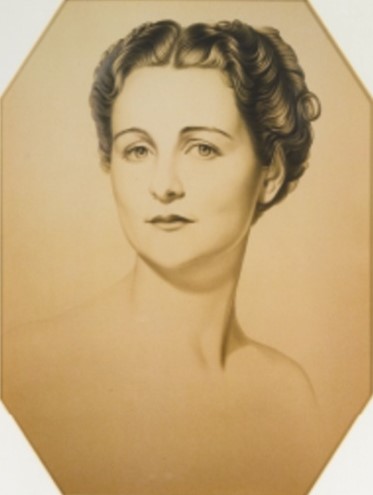
Now, for a little fascist breather! Nancy was oldest of the family, and like her sisters, of a sharp and eloquent wit. Her first novel was published in 1931, but it was her 1934 satire on Britian’s facist movement, Wigs on the Green, that not only made a public stir, but created quite a rift amongst the sisters – especially Diana and Unity (particularly as as Diana was in love with its leader, Sir Mosley). Unity cut ties with Nancy forever, but Diana kept the lines of communication open – even if it was to write with news like, “Today Bobo (Unity) and I lunched with the Führer!” Nancy’s semi-autobiographical books, The Pursuit of Love (1945) and Love in a Cold Climate (1949) solidified her place as one of her country’s most exciting new literary talents. She was always seen as one of the voices of reason – and humour – in the chaotic family. The calm in the storm.

Interestingly, Nancy and Diana also lived in Paris for most of their lives. Nancy initially moved there to make things work with her Polish-French politician boyfriend, Gaston (no dice, instead, lots of cheating) but remained there for the rest of her life, and became a beloved figure on the French literary scene as well. She wrote a book on the Sun King, translated classic French works, and became a Chevalier of the Légion d’Honneur (one of the country’s highest honours). Still, out of all her written works, it was arguably Nancy’s letters of warning to the British government about Diana that were the most important – it was Nancy who wrote those infamous words, “far cleverer and more dangerous than her husband” to M15. It was Nancy who wanted Diana to be interned during the war.
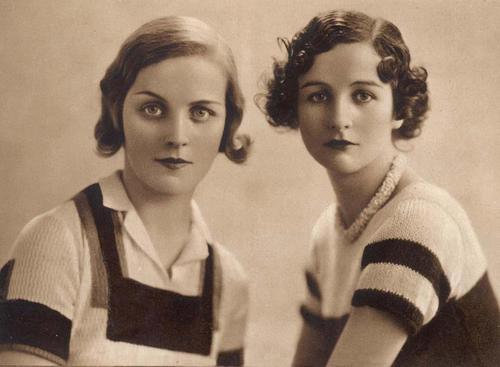
Nancy was, without a doubt, the Mitford you wanted to have on your side. She actually encouraged aspiring Mitford family biographers to dig up as much dirt as possible on the family. ” I went to Paris to interview the astringent Nancy Mitford,” explained one writer, David Pryce-Jones, “for whom her family was a running comedy of manners. I should write the book, she said, adding that the sisters wouldn’t like it.” She died in Versailles in the 1970s.
Jessica the Communist
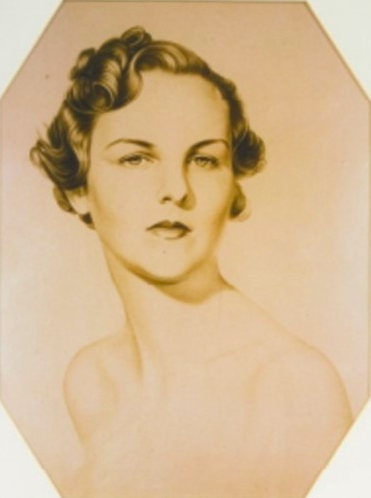
Then there was Jessica, the sister you’d most like to grab a pint with and the “red sheep” of the family. She was also a famous writer in her own right, and a passionate communist (sharing a room with Unity while growing up must’ve been tricky). In 1939, she moved to the US with her husband (a nephew of Winston Churchill), Esmond Romilly, and the two worked odd gigs at bars and restaurants whilst hashing out how they could best help not only the communist party in America and abroad, but step back from the excessive privilege they were born into. In other words, to get their hands dirty.
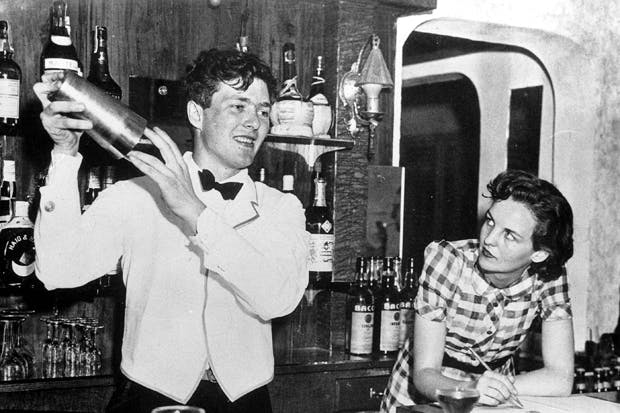
As a reporter, she’d go on to investigate the Klu Klux Klan, and became a staunch Civil Rights activist. She never got on with her parents, but they were still devastated when she eloped with Esmond at just 19. It’s likely, however, that her close connection to the Churchills had an effect on Diana’s early house arrest release during WWII. Esmond, on the other hand, wasn’t so lucky in war: he went missing in action. Thus, Jessica’s legacy remains on the far left hand side of the Mitford sisters’ political spectrum. When she passed away in the ’70s, she even made sure her funeral wasn’t some elaborate socialite affair, writing in her will that she only wanted it to cost a few hundred dollars. Her 1963 book, The American Way of Death, was cited by the like of J.K. Rowling and David Bowie as “life changing”.
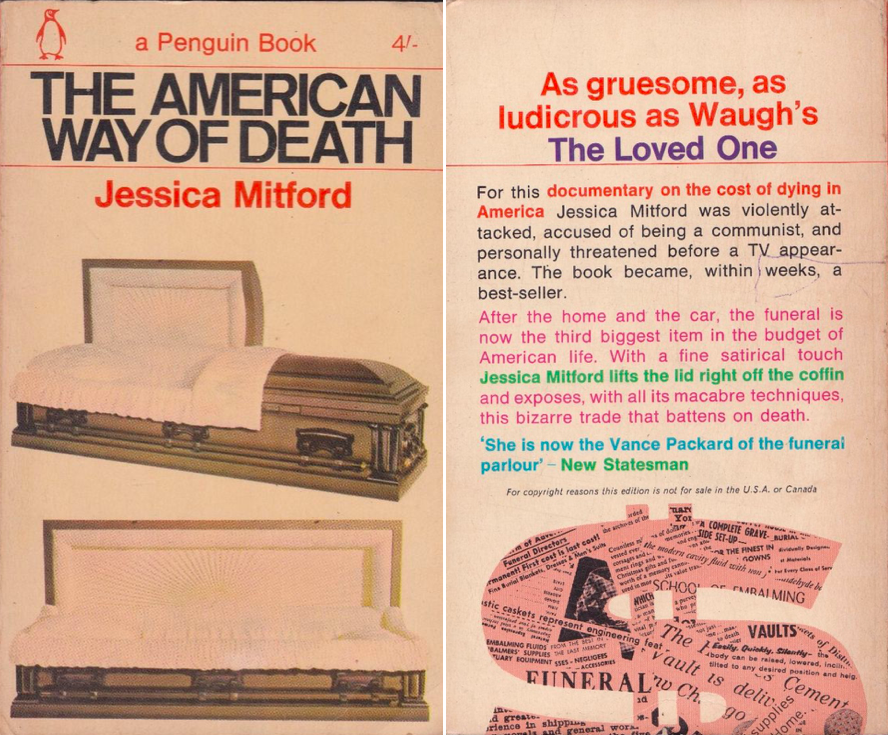
The real cherry on top, was the band she had for a while called “Decca and the Dectones,” a strictly “cowbell and kazoo orchestra”.
Deborah the Duchess
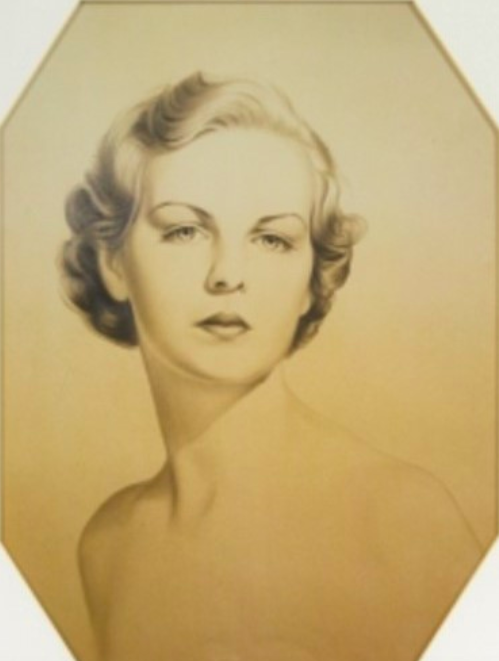
Deborah (aka “Debo”) was not only the baby of the family, but, to her parents’ chagrin, yet another baby girl. Nancy used to say the family had never cried as much as when she was born. Unsurprisingly, Deborah kept a friendly distance from her intense sisters, preferring to hang out with the animals at their Costwold’s home, where, as Jessica once wrote, she’d spend hours in silence in the hen house, “learning to do an exact imitation of the look of pained concentration that comes over a hen’s face when it is laying an egg, and each morning she methodically checked over and listed in a notebook the stillbirths reported in the vital statistics columns of The Times”. An odd one indeed.
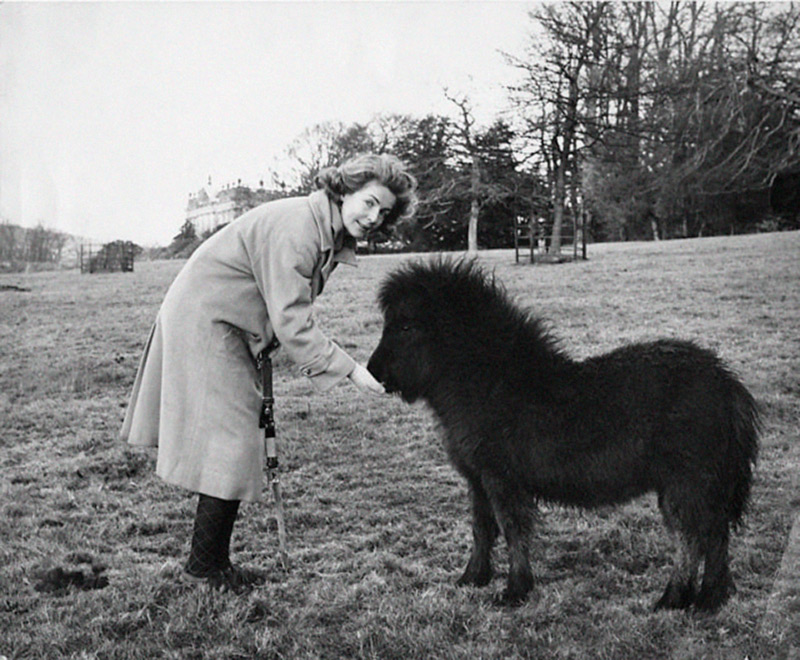
As a child, she used to prophesize that she’d marry a Duke, and in 1941 she wed Lord Andrew Cavendish to become “Deborah, Duchess of Devonshire”. Thus, our natural eccentric fulfilled her destiny to become the leading Lady of an impressive English estate, “Chatsworth”, and dedicated her life to not only preserving its grounds, but making them accessible to the public.
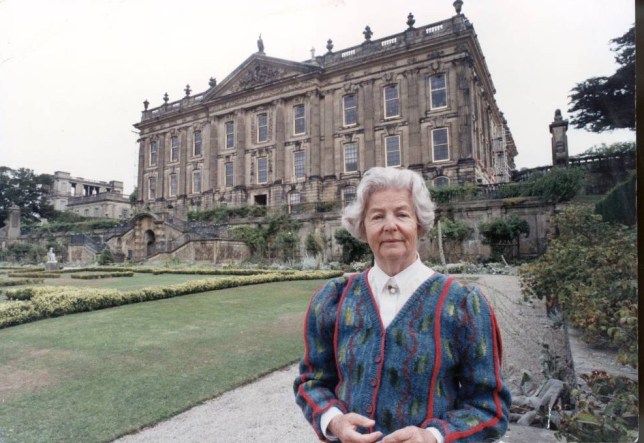
Debo had all the brains and beauty of her fellow sisters, but with a dash of eternal, childlike wonder. Perhaps it’s because she was the youngest of the lot, but she was never swept up in her sisters’ communist and fascist crusades. She loved Elvis, and filled the estate with his memorabilia. She adored dogs, Beatrix Potter books, and making jam. She was the last of the sisters to pass away in 2014.
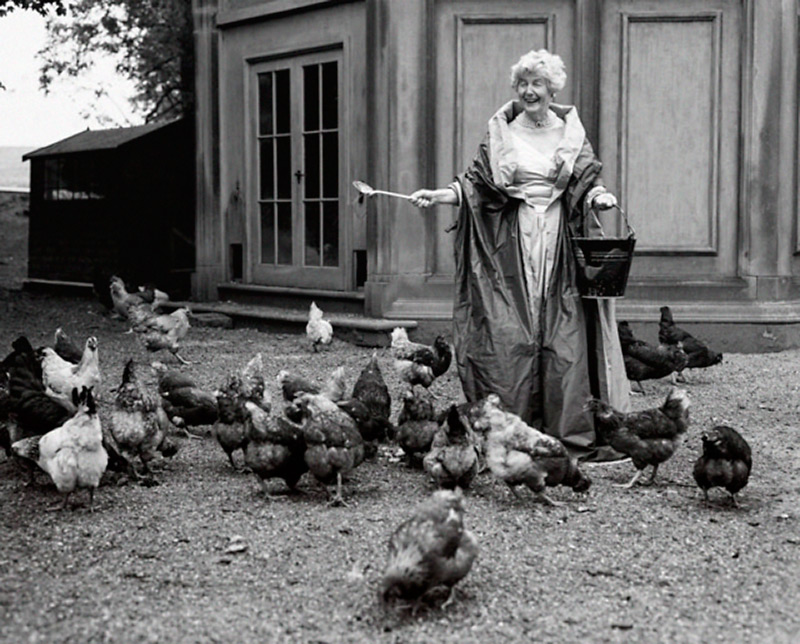
Pamela the Poultry Connoisseur
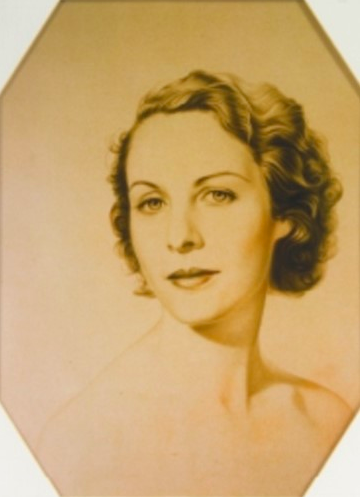
Our marathon character study ends with the Pamela, as she was even farther removed, literally and symbolically speaking, from what most of the Mitford sisters were up to (i.e. frolicking with Hitler, reporting on pressing social issues). Pamela lived a quiet life in the country and is often crowned as “the most rural [sister] of them all”. She’s also become something of a queer icon: when her millionaire physicist husband died, she set up house with the famous Italian horsewoman, Giuditta Tommasi. Oh, and she was very passionate about raising chickens – so much so, that she smuggled the eggs of a rare Appenzeller Spitzhauben breed into Britain in a chocolate box. Say what you will about the sisters, but whatever task they took on got 110% of their energy.
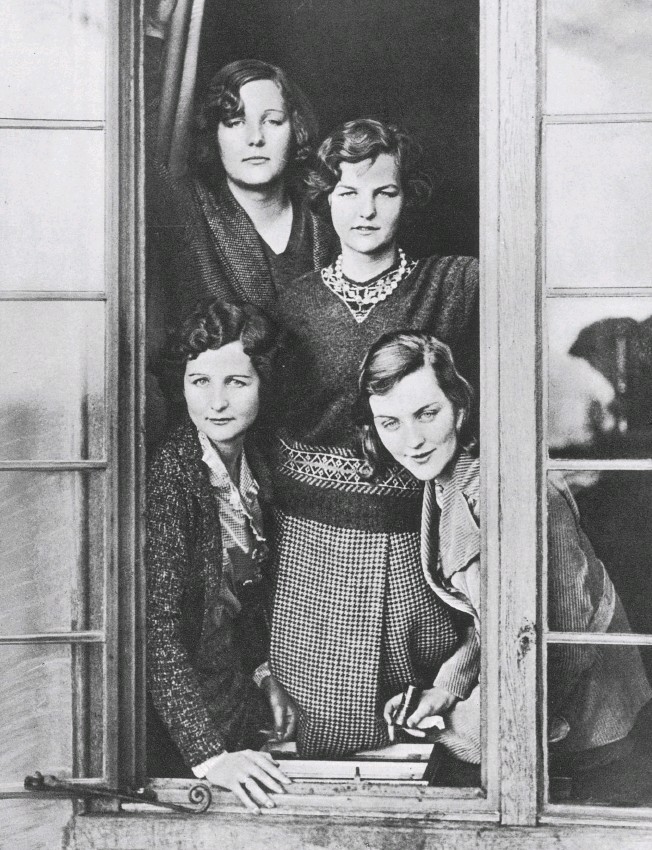
The Mitford Industry, as it was called, continues to fascinate us because every one of the sisters embodies a valuable lesson in her own way. Diana, of beauty’s ability to shadow evil; Unity, the dangers of blind loyalty. Pamela, the deliciousness of poultry, and so on. Above all, they prove a frightening point of just how you can get away with when you’re a clever, white, high-society woman with a direct line to Winston Churchill. It’s a shame their pursuits became so divisive. But boy, did they leave a juicy trail of breadcrumbs for biographers, Broadway, and Hollywood writers to tell their story.
We’d recommend picking up the biography, The Six: The Lives of The Mitford Sisters, which tackles the stories of each woman in both an in-depth, and interwoven manner. Additionally, Netflix has a riveting documentary on Diana and Jessica called The Mitfords: A Tale of Two Sisters.


